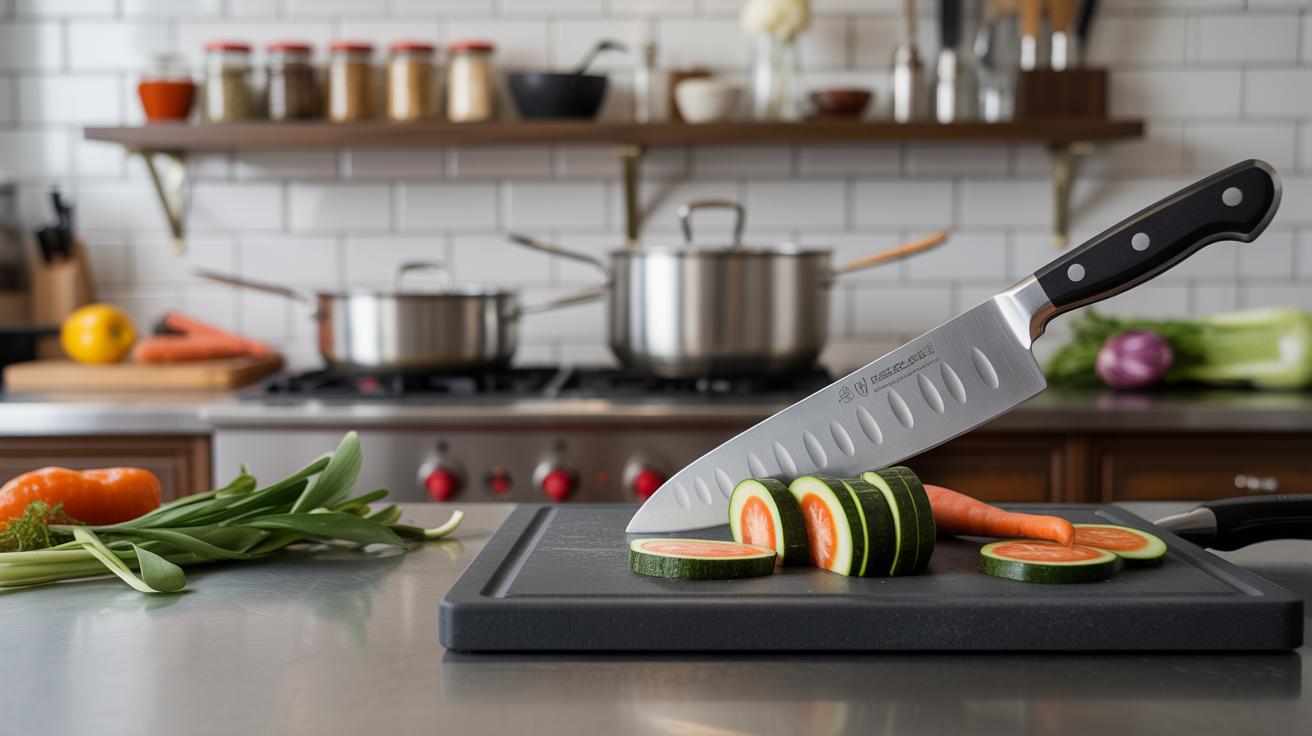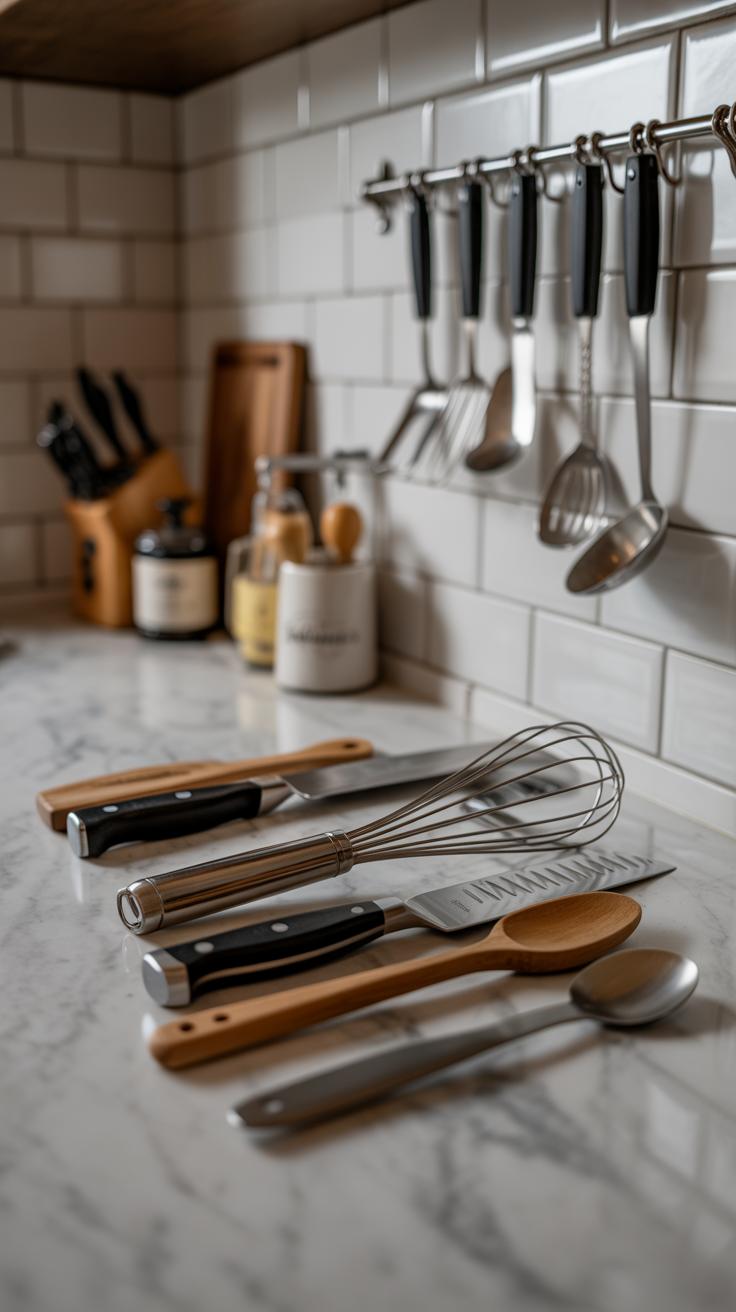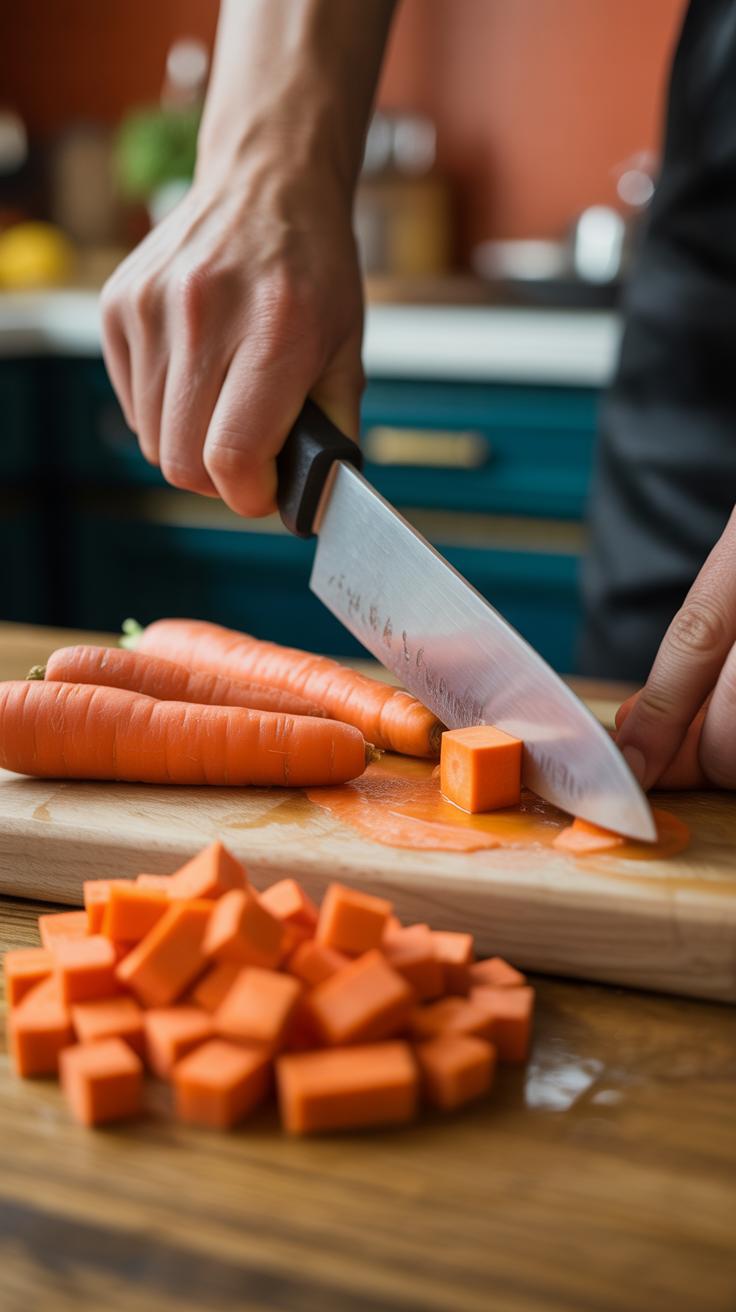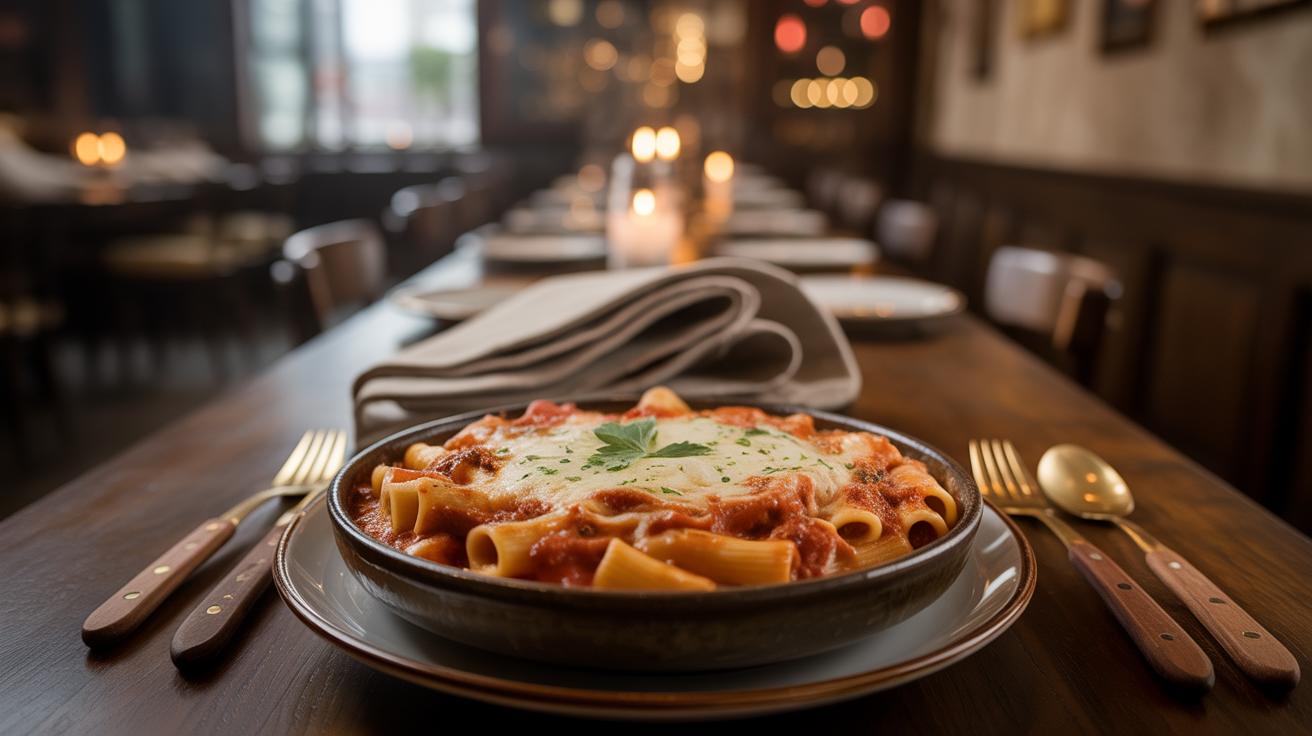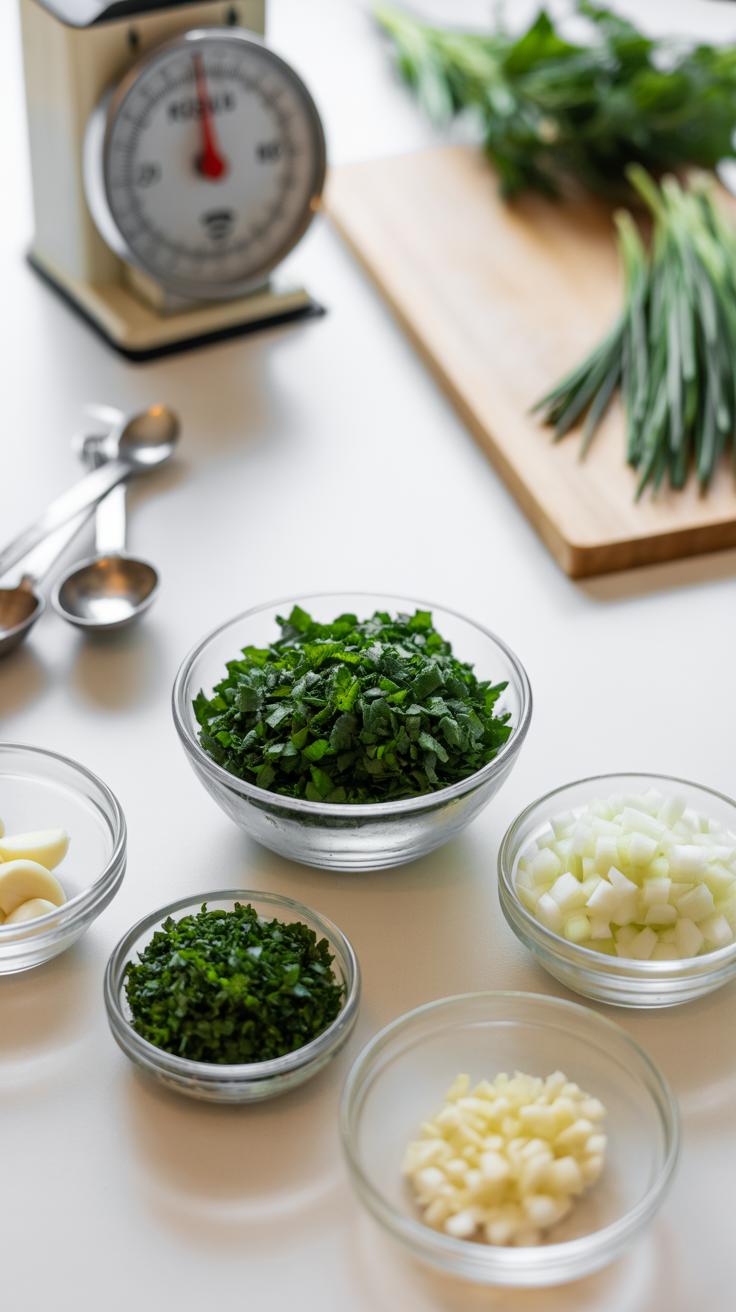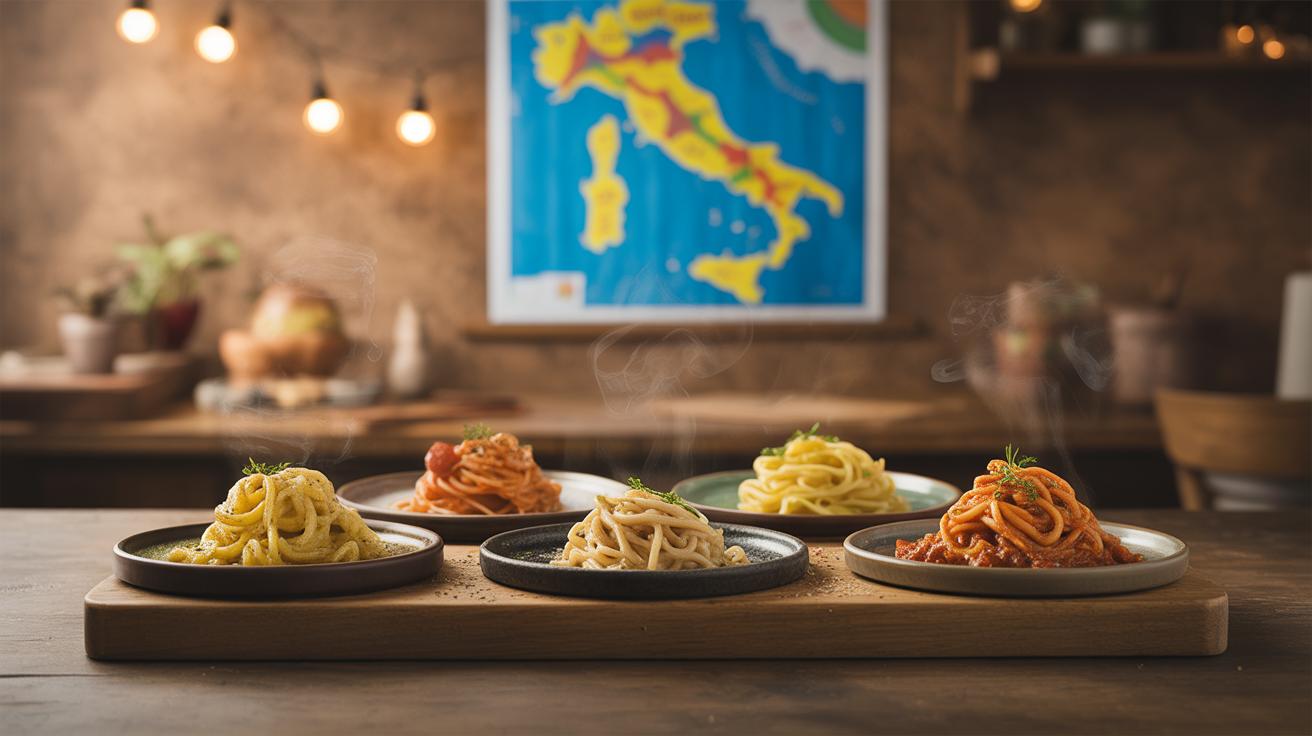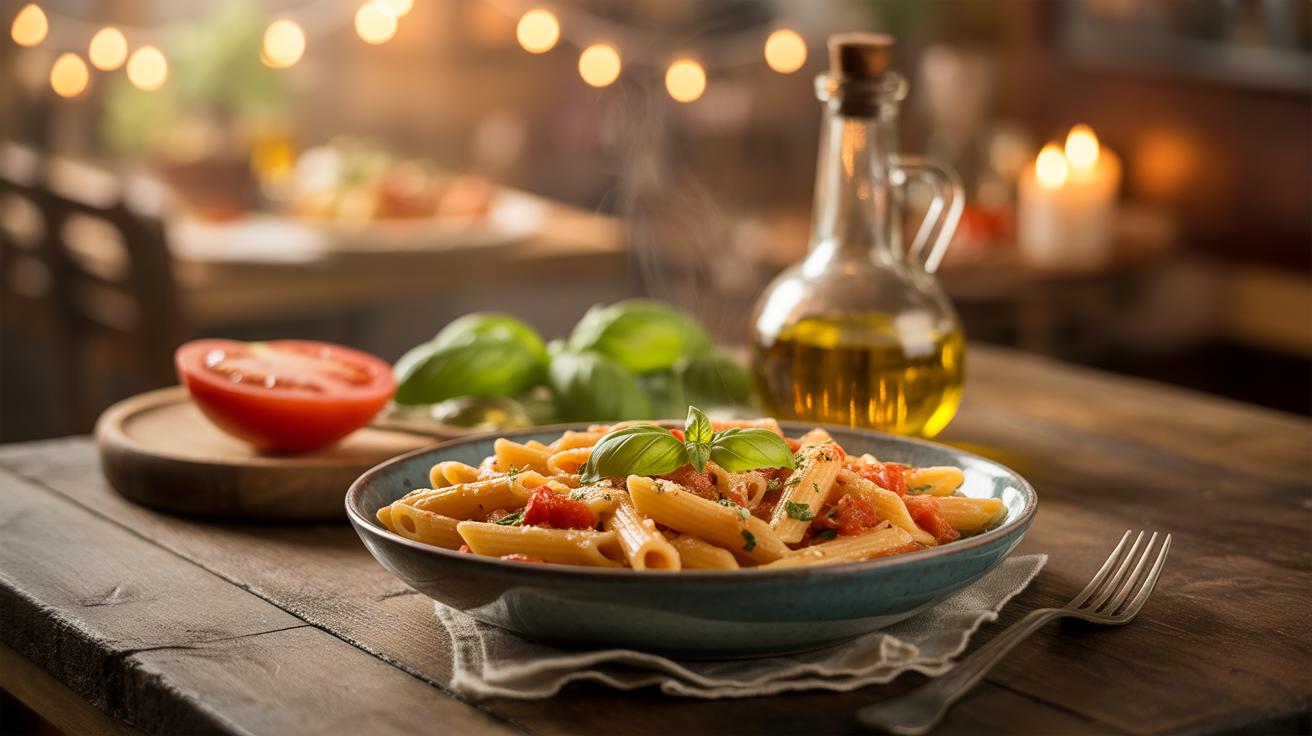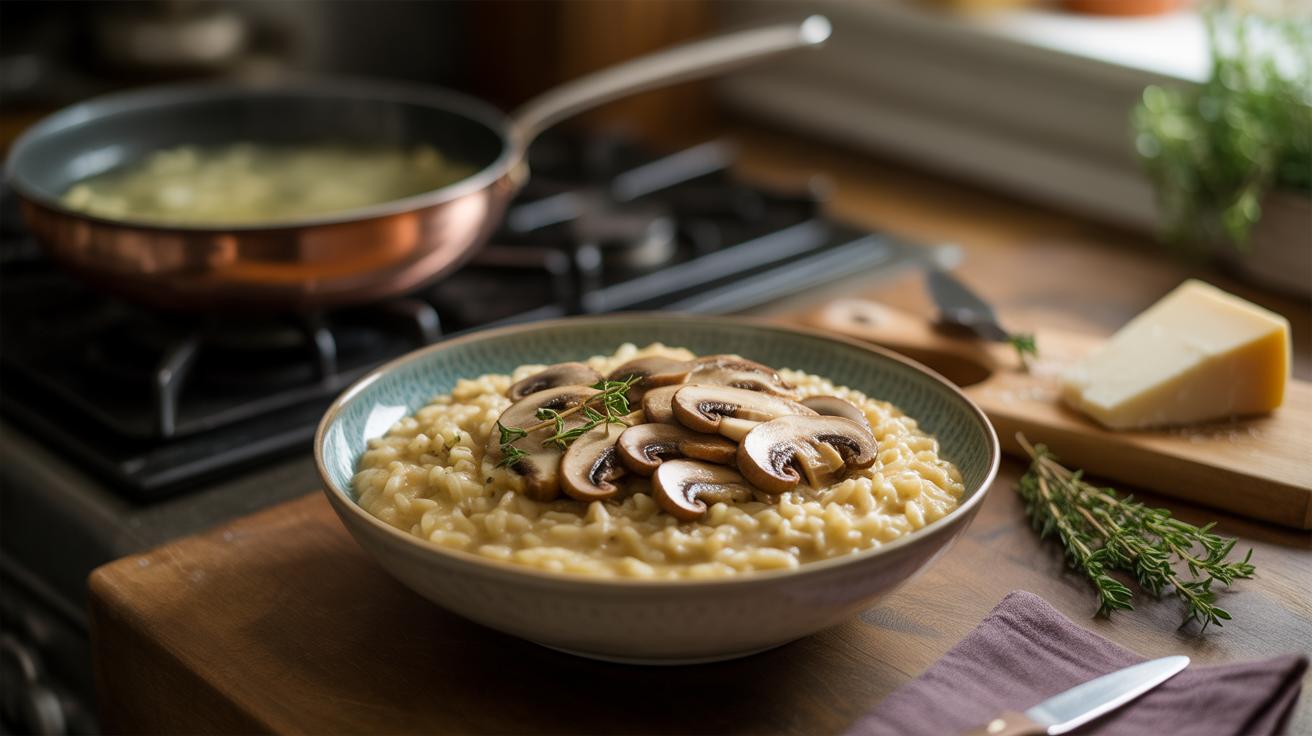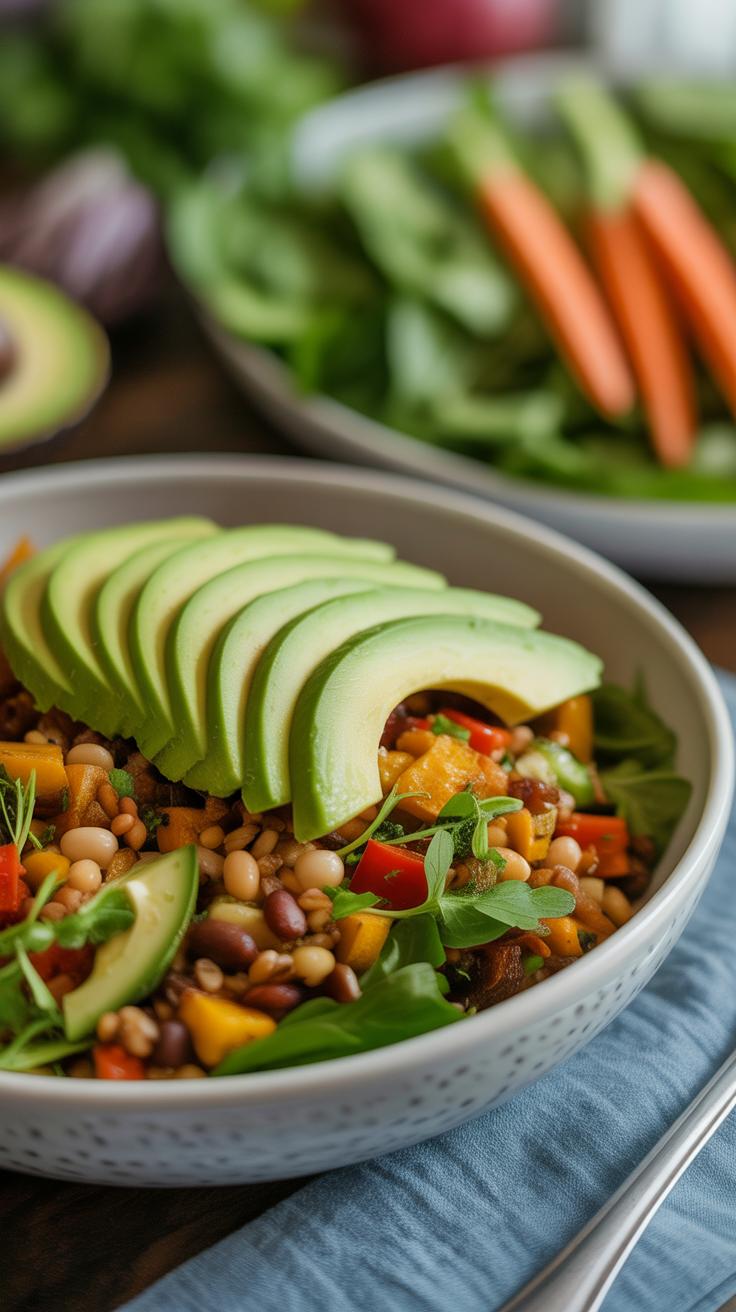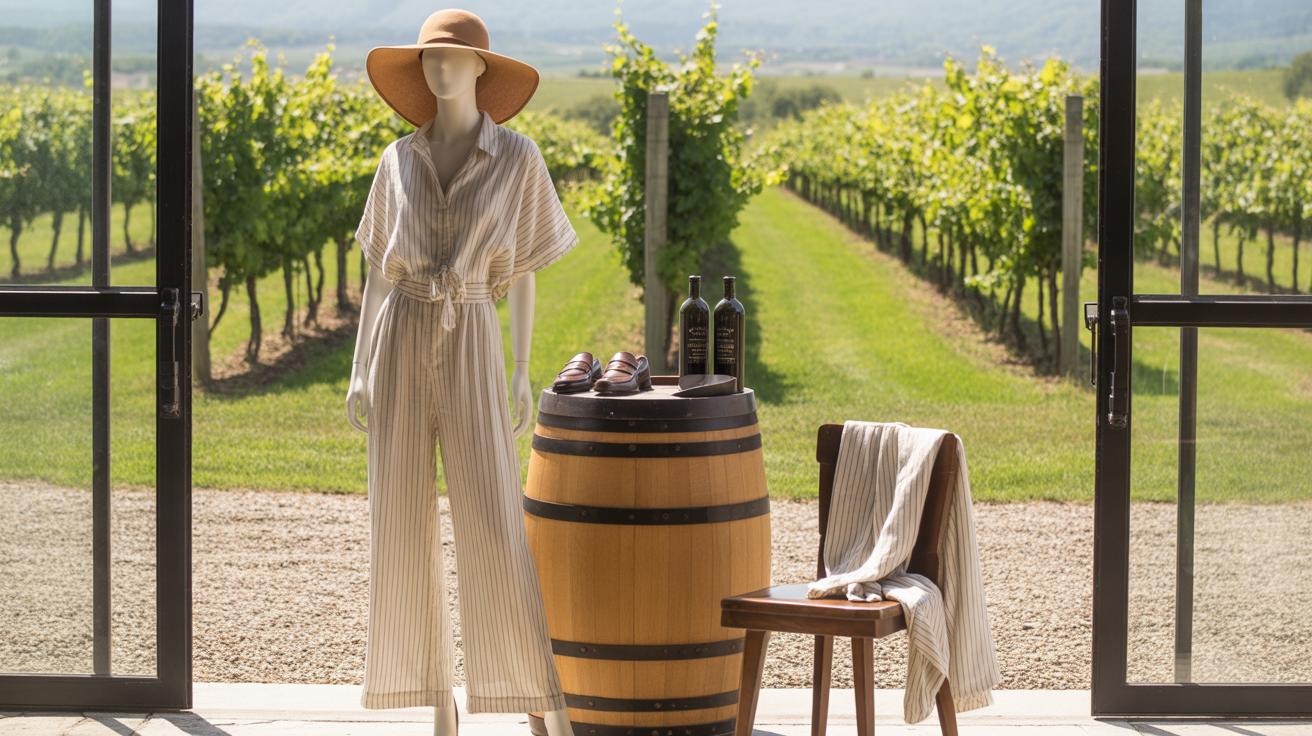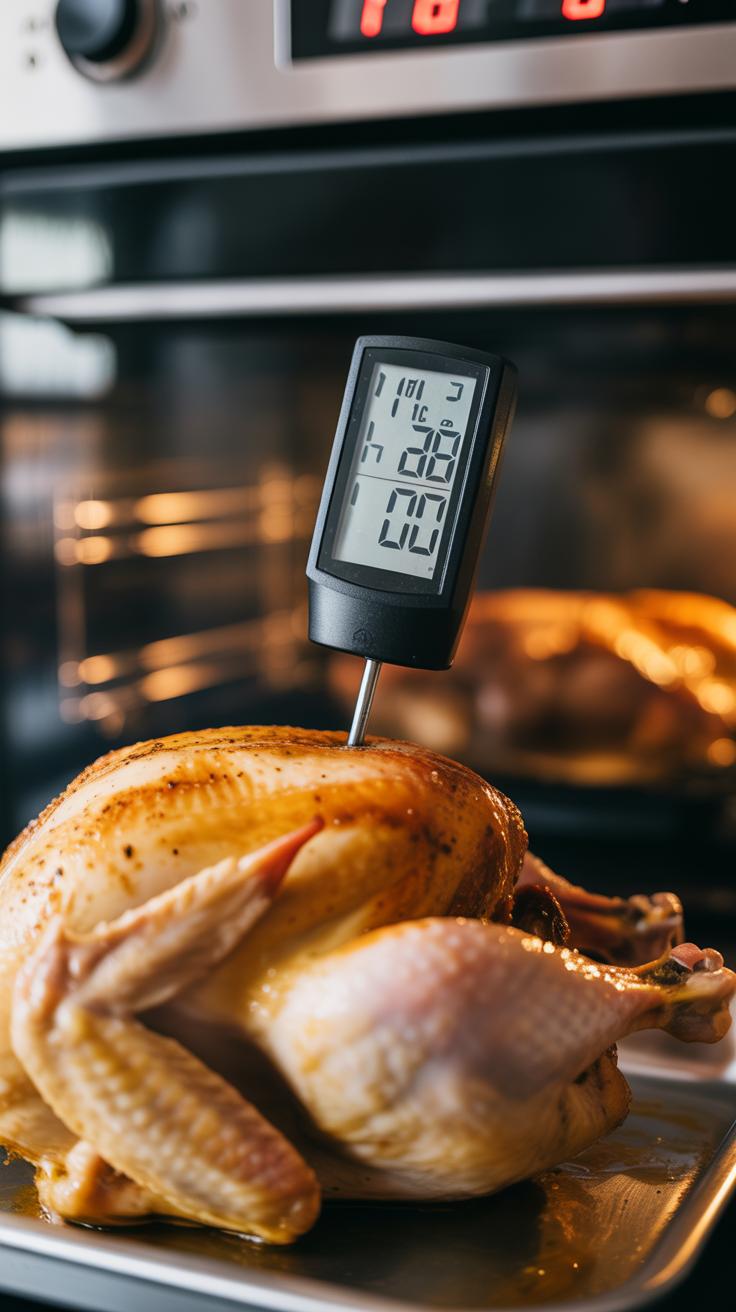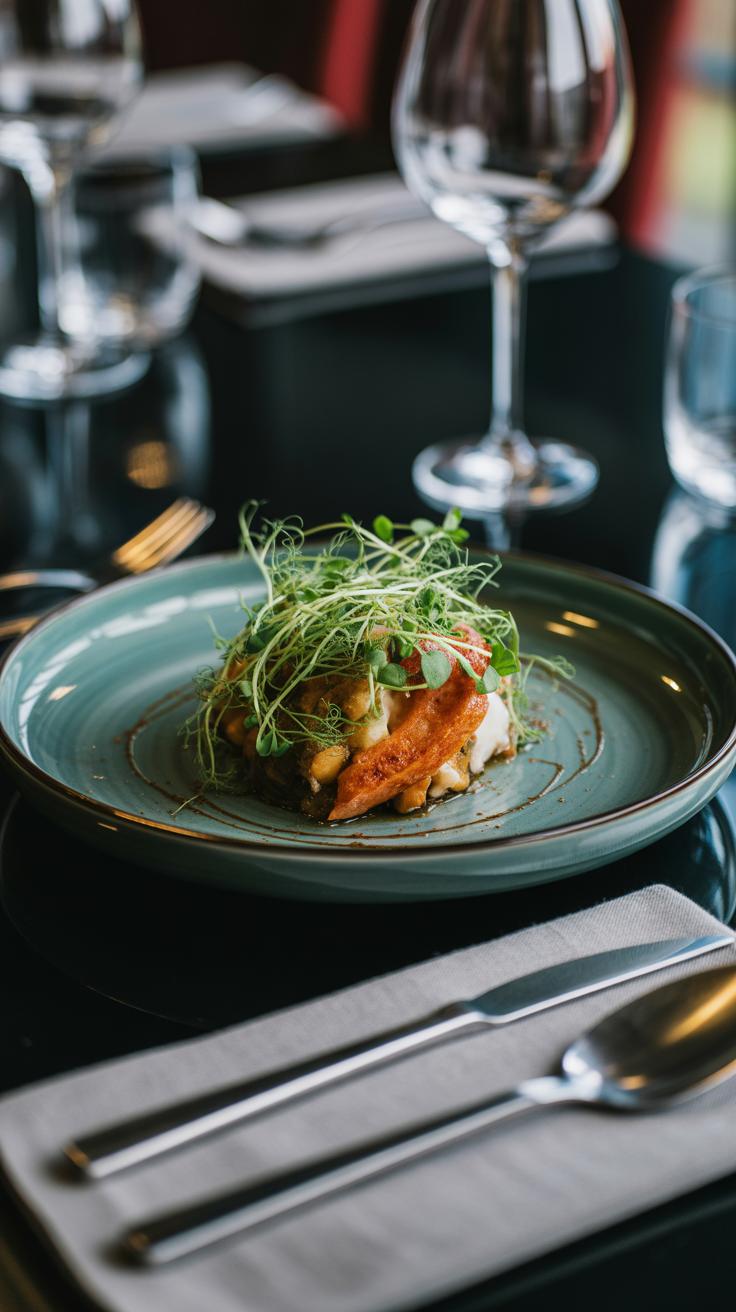Introduction
Cooking is both an art and a science that has been part of human life for millions of years. To be a successful home chef, understanding essential culinary cooking techniques is key. These techniques help you prepare food that is tasty, nutritious, and safe to eat. Whether you are new to cooking or want to improve your skills, mastering these fundamentals makes a big difference in your kitchen.
This article explores the basic and advanced cooking techniques every home chef should know. You will learn practical skills that improve your cooking, tips to handle ingredients, and ways to make your meals more enjoyable. Let’s start this culinary journey to boost your confidence and make cooking a pleasure.
Understanding Your Kitchen Tools
Essential Tools for Simple Cooking
Every home cook needs a reliable set of basic tools to get started. Knives, for example – it’s easy to underestimate their role, but a good knife changes everything. You want a sharp, comfortable one that fits your hand well. It doesn’t have to be expensive, yet it must be kept sharp. Dull knives are dangerous and frustrating.
Cutting boards come next. Wooden boards are gentle on knives, while plastic boards can be easier to clean, especially when working with raw meats. Many cooks use separate boards to avoid cross-contamination, which is practical, though maybe a bit much for some kitchens.
Then, there are pots and pans. A sturdy saucepan and a frying pan cover most needs. Stainless steel pans are durable, but nonstick surfaces make certain tasks simpler, like cooking eggs or pancakes. I think balancing your cookware between these options is smart.
Safety cannot be overlooked. Handling a knife or heavy pan without care invites accidents. Always pay attention, keep your workspace tidy, and clean spills immediately.
Upgrading Your Kitchen Kit
Once you’ve mastered the basics, some tools make cooking smoother or more precise. Think about a good kitchen thermometer. It takes the guesswork out of cooking meats or baking bread. I remember one time I undercooked chicken, and a thermometer saved me from repeating that.
Timers are simple but often ignored. They keep you from burning food when you’re multitasking or just daydreaming about the next meal.
Specialty pans might not feel necessary right away, but they offer cooking methods you can’t quite replicate otherwise—a cast iron skillet for searing, a steamer basket for vegetables, or a Dutch oven for slow cooking. These can change how certain recipes turn out and often improve results.
Choosing tools is personal. Think about what you cook most often and invest accordingly. You don’t need everything, but having the right tool here and there definitely helps.
Basic Knife Skills Everyone Should Know
Basic Knife Skills
Holding a knife correctly is the foundation of good cutting. Grip the handle with your dominant hand, but don’t just hold the handle—place your thumb and index finger on opposite sides of the blade near the handle for better control. It may feel awkward at first, but it steady’s your cuts and makes the knife respond to your movements.
As for basic cuts, chopping means cutting roughly into pieces, usually when precision isn’t crucial. Dicing, on the other hand, is cutting into small, uniform cubes, perfect for even cooking. Slicing is creating thin, flat pieces, often to showcase the texture or for quick cooking, like onions or tomatoes. Each has a purpose, and knowing when to apply them helps your dish come together well.
Safe Knife Handling Techniques
Knife safety starts with attention. Hold the knife firmly but relaxed. Your other hand should curl inward, fingertips tucked; this “claw” shape keeps fingers out of harm’s way. Always cut on a stable surface, preferably a non-slip board.
When moving around, carry knives with the blade pointed down and close to your side. Avoid multitasking with a knife in hand—a moment’s distraction can lead to accidents. And remember, don’t try to catch a falling knife. Step back or let it drop. It’s counterintuitive but safer.
Common Cutting Techniques
There are practical methods for different ingredients:
- Chopping: Great for herbs or vegetables when size exactness isn’t needed.
- Dicing: Use for onions or carrots when you want uniform cooking and presentation.
- Slicing: Ideal for meats or soft produce—think tomatoes or mushrooms—to maintain texture.
- Julienne: Thin matchstick-like strips, perfect for stir-fries or salads.
Choosing which technique depends on your recipe’s goal. Are you aiming for quick cooking? Uniformity? Texture contrast? Experiment and reflect: sometimes the “right” cut isn’t obvious until you see how it alters your dish.
Mastering Heat and Cooking Methods
Exploring Different Cooking Methods Using Heat
Heat is your primary tool in the kitchen, and knowing how to apply it changes everything. Boiling involves cooking food in rapidly bubbling water—perfect for pasta, potatoes, or tough veggies that need softening quickly. Frying, whether shallow or deep, cooks food in hot oil, giving a crispy exterior. Think of frying for eggs or crispy chicken. Grilling uses direct heat from below, adding those distinct charred marks and smoky flavors best suited for meats and vegetables with firm textures. Baking relies on dry, steady heat circulating in an oven, ideal for bread, casseroles, and delicate items like fish or cakes.
When do you pick one over the other? Well, simplicity often guides the choice. Need quick and moist? Boil. Want texture and crunch? Fry. Crave smoky depth? Grill. Looking for even, gentle cooking? Bake.
How Heat Changes Food: Taste and Safety
Heat alters food fundamentally, beyond just making it warmer. It breaks down tough fibers and proteins, softening textures and developing new flavors through something called the Maillard reaction—that browning process that smells so good. It’s why grilled steak tastes so different from boiled beef, even though they’re the same cut. Meanwhile, heat kills harmful bacteria and pathogens, making food safe to eat, especially with meats and eggs. Yet, not all heat is equal; slow baking handles delicate foods gently, whereas frying’s quick, high heat can seal in moisture but risks burning if rushed.
I remember once overcooking salmon on a grill—it got dry fast, reminding me heat intensity matters almost as much as the method chosen.
Choosing the Right Cooking Method for Your Food
Deciding which technique to use depends on what you’re cooking and how you want it to turn out. For instance:
- Vegetables: Boil root veggies, steam greens, or grill firm ones like peppers and zucchini to add some smoky flavor.
- Meat: Use frying for quick-cooked cuts like thin chicken breasts or steaks; grilling suits thicker steaks or ribs. Baking is perfect for whole chickens or tougher cuts that need slow cooking.
- Baked goods: Baking is usually the only way to go, though proofing dough requires warmth without direct heat.
Of course, there’s always room to experiment. But thinking through texture and timing usually points you toward the right method. What happens if you boil a steak? It turns tasteless rather fast. So, keep in mind: heat method shapes the taste, texture, and even the story of your dish.
Prepping Ingredients Like a Pro
Washing vegetables might seem straightforward, but it’s easy to miss hidden dirt or residues. Rinse them under cold running water, and for leafy greens, separate the leaves to get all the grit out. Sometimes soaking them briefly in salted water helps loosen stubborn debris. I find that drying them properly with a salad spinner or clean towel really prevents sogginess later on.
Peeling doesn’t always mean stripping off the entire skin. For example, thin-skinned potatoes or carrots often taste better unpeeled, just scrubbed well. When you do peel, use a sharp peeler and move away from your body—safer and faster. Prepping ingredients in advance, like dicing onions or slicing peppers, saves a lot of frantic chopping during cooking.
Cleaning and Preparing Vegetables
Cut vegetables uniformly to ensure even cooking. A sharp knife helps, and it’s tricky but worth practicing proper chopping techniques. For instance:
- Trim ends and remove stems, but think if they might add flavor or texture—you don’t always have to discard everything.
- Cut sturdier veg like carrots or celery into larger chunks when roasting, but smaller for stir-fries.
- Keep delicate herbs like basil whole or roughly torn to avoid bruising.
Sometimes, washing after cutting can wash away flavors, so decide what works best for your recipe.
Handling Meat and Seafood Safely
When dealing with meat or seafood, safety is more than just about cooking thoroughly. Start by thawing in the fridge, not on the counter—this prevents bacteria growth. It might take longer, but it’s safer. If you’re in a rush, cold water thawing works if you change the water every 30 minutes.
Trim fat or unwanted bits but save trimmings for stocks or flavor bases if you want. Be mindful of cross-contamination: never reuse your cutting board or knife between raw proteins and other ingredients without washing. Also, pat meat dry before cooking. It promotes browning and, honestly, tastes better.
Good prep can feel tedious but pays off in flavor, texture, and safety. Have you noticed how cooking feels more controlled when your ingredients are ready beforehand? That calm moment before heat can make all the difference.
Creating Flavor with Seasoning and Spices
Salt and pepper do more than just add taste; they unlock the hidden flavors in your ingredients. Salt, especially, can seem straightforward, but when you season early during cooking, it helps proteins retain moisture and develops savory notes that might otherwise stay flat. Sprinkling salt right at the end can brighten a dish, but missing the chance to season mid-cook sometimes means you lose depth. Personally, I’ve noticed a dramatic difference when salting chicken before it hits the pan.
Pepper is slightly trickier. Freshly cracked black pepper adds a bit of heat and complexity, but if you toss it in too early, it might lose its punch. I often wait to add pepper toward the end unless I want a subtle background spice. Both salt and pepper are kind of your baseline—simple but essential, like a foundation that lets other flavors shine.
Using Herbs and Spices Wisely
When it comes to herbs and spices, the options can feel overwhelming. But starting with a small core group helps: basil, thyme, rosemary, and parsley cover a lot of ground with herbs. For spices, cumin, paprika, and cinnamon bring warmth and character. Each has its own moment to shine during cooking. For example, hardy herbs like rosemary handle long roasting times, while delicate ones like basil work best fresh, added at the end.
Combining herbs and spices can transform a meal—imagine thyme with garlic and paprika for roasted vegetables, or cinnamon with cumin in chili. Try pairing what feels intuitive and then adjust after tasting. Sometimes, less is more; sometimes you want bold—we just have to trust what the dish needs, even if it feels a little uncertain at first.
Balancing Nutrition in Your Meals
Putting together a meal isn’t just about taste; it’s also about balance. Think about your plate as a simple puzzle. You want proteins, vegetables, and carbs, each playing a role. Proteins build and repair, vegetables provide fiber and vitamins, and carbs fuel your energy.
Try pairing grilled chicken or beans with a colorful mix of steamed greens and a serving of quinoa or sweet potato. Sometimes I overlook carbs, but they’re crucial for keeping energy steady, especially if you’re active.
What’s tricky is finding the right proportions. You might naturally pile on the carbs because they fill you up fast, yet your body needs enough protein and veggies to keep things running smoothly. So, aim for roughly a quarter of your plate each for protein and carbs, and fill the rest with vegetables—but don’t stress exact measurements too much. Your hunger and preferences should guide you, too.
Choosing Healthy Ingredients
Picking ingredients can feel overwhelming because everything claims to be “healthy.” Yet, simplest choices often work best. Fresh, whole foods usually trump processed ones, but then again, farmed versus wild fish… that debate never fully settles.
Focus on variety and freshness. Look for vegetables that are firm and vibrant, proteins with no added preservatives, and whole grains instead of refined. If you can’t find fresh, frozen vegetables often keep most nutrients intact. I usually grab frozen spinach or peas—they’re just as good when fresh isn’t available.
Consider how the ingredient grew or was raised too. Organic might sound better, but it’s not always necessary or affordable. Sometimes, the way you cook your food matters more than whether it’s organic or not.
Portion Control and Meal Planning
Controlling portion sizes is less about strict limits and more about listening to your body and planning ahead. Overeating is common, especially when food looks tempting—but stopping just a little earlier can make a big difference.
Using smaller plates isn’t a magic fix, but it helps subconsciously with portion size. Also, planning your meals reduces food waste and the urge to grab unhealthy snacks. If you prepare meals with balanced portions, you’re less likely to overdo it later.
Try setting aside specific days to plan and prep meals. Even simple steps, like cooking enough grains for two days or chopping vegetables in advance, change the whole week. Sure, some days your appetite spikes, other days it doesn’t—but a little structure helps keep things in check.
Timing and Temperature for Perfect Cooking
Managing cooking times and temperatures is tricky. Sometimes food feels almost done but then ends up undercooked or burnt. Finding that sweet spot usually comes down to experience—but you can get there faster with some careful attention.
Cooking too long at a high temperature often scorches the outside before the inside cooks thoroughly. On the flip side, low temps might leave you waiting forever, and still, pockets of rawness sneak in. You learn quickly that each ingredient has its own rhythm.
Using timers and thermometers helps take guesswork out of the process.
Using Timers and Thermometers
Timers keep you honest. It’s easy to underestimate time especially when multitasking. Set a timer even if you think you’ll remember—the second or third time you forget is frustrating.
Food thermometers are game changers. They let you peek inside to see if something reached a safe and tasty temperature. For example, chicken should hit 165°F, but a steak’s ideal temp depends on how you like it done.
Insert the thermometer into the thickest part, away from bones or fat, because these areas heat differently. Digital thermometers give quick reads, so you can check without shutting the oven or grill for long.
Recognizing Doneness by Senses
Over time, you get better at telling if food’s done without gadgets. Sight tells you a lot—look for browning, bubbling, or the right color change. For example, a golden crust on bread or an opaque egg white means progress.
Touch is surprisingly useful, especially for meats. Pressing the surface can clue you into firmness, which varies with doneness. Though this method isn’t exact, it’s been key for many cooks.
Smell also signals readiness. That rich, nutty aroma from sautéed garlic or caramelizing onions indicates flavors developing—though sometimes you smell “done” before food is truly cooked inside. So relying on smell alone is… complicated.
Cooking perfectly is less science and more a mix of tools, senses, and trial. You develop a sense for timing and heat, but keeping a thermometer and timer handy remains smart for avoiding under or overcooking.
Presentation and Serving Tips
Simple Plating Techniques
When it comes to plating, you don’t need to be an artist to make your food look appealing. Sometimes, less is more. Start by thinking about the plate as a frame. Leave some empty space—it helps each item stand out rather than crowding everything together. Try placing the main protein slightly off-center; it breaks the monotony that comes with perfectly symmetrical arrangements.
Layering ingredients can add depth too. For example, putting a bed of greens under a piece of roasted chicken not only adds color but also texture contrast. Height can work wonders, if done carefully—stacking vegetables or using a ring mold for grains makes a dish pop visually. But don’t go overboard, or the plate might look cluttered, which distracts more than it impresses.
One quick trick that I use often is to add a sprinkle of fresh herbs or a tiny drizzle of sauce with a spoon. These details catch the eye without overwhelming the main elements. So, maybe you think plating is complicated, but small thoughtful touches can elevate your dish significantly.
Serving with Style
Serving food at the right temperature really changes the experience. You’ve probably noticed how a warm dish tastes much better hot and a cold plate loses its appeal if warming up on its own. If you’re serving multiple courses, consider warming plates briefly in the oven so the food stays warmer longer—especially proteins.
Serving also means thinking about what accompanies your main. Complementary sides or sauces should not only add flavor but also texture and color balance. A creamy sauce with a crispy main, or a bright, acidic salsa with a rich stew can make a big difference.
Remember, a mismatched side can mute the vibrancy of your dish. Sometimes, simpler sides serve better—steamed vegetables, a fresh salad, a slice of good bread. And, honestly, presentation doesn’t stop at the plate. Think about the utensils, napkins, or even the serving dishes you choose; they set the tone and mood for the meal. Do you ever catch yourself eating slower just because the food looks inviting? That’s the subtle power of thoughtful presentation and serving.
Expanding Your Skills with Practice
You might notice that cooking skills grow mostly by doing. Reading about techniques is helpful, but trying them out is where real learning happens. Don’t just repeat recipes; mix things up. Swap ingredients, adjust cooking times, even tweak seasoning. If something goes wrong, that’s actually a good sign—you’re pushing boundaries. Mistakes teach more than success sometimes. For example, overcooking a steak might be frustrating, but it sharpens your sense of timing and heat control next time.
Building confidence takes time. Each meal you prepare adds a little more trust in your abilities. Maybe you’ve had a flop recently—but guess what? The next attempt will likely be better. Keep it simple at first, then step up gradually. The kitchen is one place where small wins feel satisfying and fuel persistence.
Finding Resources and Inspiration
Feeling stuck or uninspired happens, and that’s okay. When it does, look for new ideas outside your usual circle. Books like *The Joy of Cooking* or websites such as Serious Eats and America’s Test Kitchen offer reliable, practical advice. Sometimes, watching a video helps—you get a sense of rhythm and technique that words alone can’t capture.
If practical, local cooking classes can also push your skills further. There’s something about learning in person—having a chef or fellow learners nearby—that might spark motivation. Plus, it’s a chance to ask questions real-time instead of guessing or Googling endlessly.
So, keep exploring. Find what excites you about cooking again. What dishes have you always wanted to master? Maybe you’ll discover that the keys to improvement were, in part, just sticking with it and letting curiosity guide your journey.
Conclusions
By learning and applying essential culinary cooking techniques, you can improve your meals and enjoy cooking more. These skills help you cook food well and make your kitchen time more efficient. As you practice, you will find it easier to experiment with recipes and create dishes that you and your family love.
Cooking is a skill that grows with practice. Use the knowledge from this article to guide your steps in the kitchen. Remember, cooking is for everyone, and learning these techniques opens a world of possibilities to feed yourself and others with tasty and healthy meals.

